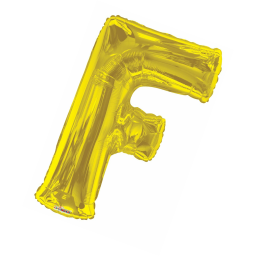Les Aventures de Tintin: On a marché sur la Lune p. 5-6 by Hergé: Studios Hergé, Internet Archive #microgravity
From the Adventures of Tintin volume 17. This trip to the moon was first published in 1952, 17 years before our first steps on the moon. Even back then, they understood that liquids form into floating spheres and floating around in zero-G is inherently fun.
Could it be? Hey @dragontamer , I think the problem with timestamps two hours in the future has been fixed. This post seems to have the correct timestamp on lemmy.world, lemm.ee, and bookwormstory.social.
If y’all haven’t read Tintin, please do. I know he’s fairly well known in the EU, but there aren’t a lot of US folks who know about him.
Tintin is an investigative journalist who goes on global adventures similar to those of Indiana Jones. There’s long-lost underwater treasure retrieved by submarine, yetis, strange meteors with rapidly growing fungi, atomic rockets destined for the moon (seriously, the rocket in Destination: Moon/Explorers on the Moon is atomic, not chemical based), global opium conspiracies, aliens, and many other adventures.
The main characters are, of course, Tintin and his dog Snowy
Captain Haddock (a Scottish alcoholic sailor),
Professor Calculus (a very intelligent, well-learned individual who has all the answers, however they often have to pried out of him because he’s just slightly hard-of-hearing),
Thompson & Tomson (twin bumbling detectives who somehow manage to show up in the strangest places without a clue about where they are).
Bianca Castafiore (an Italian opera singer who’s own adventures tend to overlap with Tintin’s with suspicious frequency; the fact that she’s also infatuated with Captain Haddock is pure coincidence I’m sure)
Rastapopoulos (the main reoccurring villain in the series, he tends to show up whenever Tintin & co think they’re finally rid of him)
Nestor (Captain haddock’s butler)
My biggest disappointment was simply that Tintin and Alph-Art never got finished, because the Tintin books were starting to get weird and surreal before Hergé’s death.


